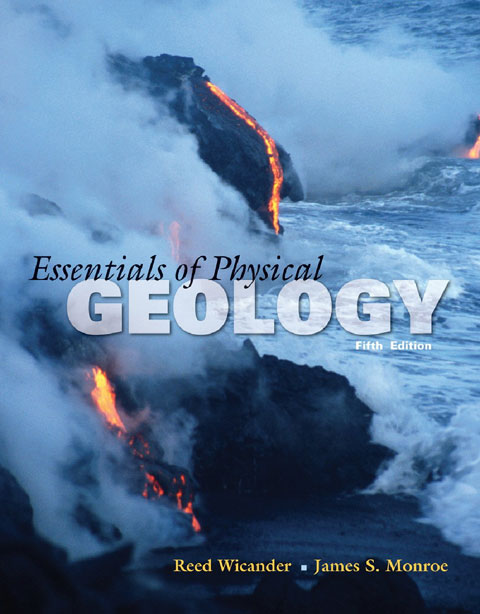
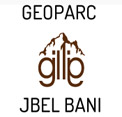
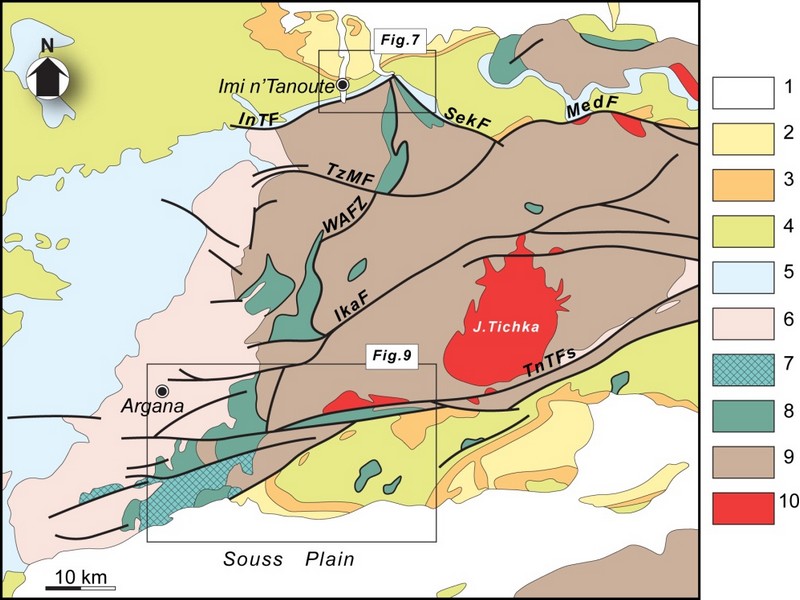
STRUCTURAL EVOLUTION OF THE ANTI-ATLAS DOMAIN :AN OVERVIEW pour Yves Missenard
The Anti-Atlas represents the most important segments of the major Pan-African (≈0.5Ga) belt system of North Africa. This orogen exposed in a series of sporadic SW–NEtrending outcrops over 700km across southern Morocco, and reach ≈150km wide in the central part, west of Ouarzazate (Figure G1 & G2).Scattered outcrops of related rocks are described in NW Algeria which indicate that the belt continues from SE Morocco southeastwards with a NW–SEtrend.
The Anti-Atlas orogen comprises two main sequences of rocks: a metamorphic basement of Palaeoproterozoic (2Ga) age and the Neoproterozoic rocks. The Palaeoproterozoic rocks form the northern margin of the West African Craton mainly outcropping in the Reguibate Shield in Mauritania And Algeria. The Palaeoproterozoic basement is exposed in a series of uplifted inliers (‘‘boutonnieres’’) surrounded by the Neoproterozoic rocks that were locally deformed with the basement during the Pan African Orogeny. with the during the Pan African Orogeny.
Paleoproterozoic rocks and Eburnian orogeny
The oldest rocks of Morocco, Archean in age3 Ga(Montero et al, 2014) crop out in the southernmost Reguibat E shield which formsthe northern part the West African Craton (WAC).Further north, in the Anti-Atlas chain, the basement units are Paleoproterozoic (Taznakht Group, former” PI”)cropping only in the south of the Anti-Atlas Major Fault (AAMF). They are metamorphic rocks (greenschist to amphibolite facies) intruded by peraluminous and calc-alkaline granitoids dated around 2Ga(Thomas et al, 2002).The corresponding tectono-magmatic and metamorphic events are assigned to the Eburnian/Birimian orogeny.
Neoproterozoic rocks and Pan-African orogeny
As everywhere in the WAC, Mesoproterozoic rocks are lacking in the Anti-Atlas. Neoproterozoic Formations overlie directly the Paleoproterozoic basement. The Neoproterozoic/Paleoproterozoic boundary is generallya tectonic contact (thrust, strike-slip or detachment faults), and seldom a stratigraphic contact (Tizi n’Taghatine). Globally, the Neoproterozoic formations record three main stages of the Pan-African cycle (figureG4):
I .The early Neoproterozoic platform development is marked by the accumulation of thousands of meters of quartzites and stromatolitic limestones (Taghdoute Group, former “PII”), intruded by doleritic dykes and gabbroic intrusions. These rocks are associated with the rifting of the WAC margin, broadly contemporaneous with the oceanic accretion further north (760 Ma), witnessed along the AAMF by the Bou Azzer-El Graara and Siroua ophiolitic sequences (Bou Azzer Group).
II .Oceanic closure and subsequent Pan-African collision are associated with oceanic subduction along the northern margin of the WAC, ending with the accretion of oceanic arc formations (figureG4).The reported “blueschist facies” mineral associations in the Bou Azzer inlier are controversial. The polarity of the subduction remains also matter of debates; the same is true for the real location of the northern edge of the WAC. The oblique Pan-African collision(655 Ma to 640 Ma) generated south-verging thrust sheets onto the cratonic margin. South of the AAMF, the main Pan-African phase is recorded by low grade recrystallizations, synmetamorphic folds and various ductile and brittle structures in the Taghdout Group series.
III The Late to Post Pan-African extensional event is recorded by the extensive volcanic and volcano clastic series of the Ouarzazate Group (former “PIII”, 580 Ma to 560Ma), interbedded with subaerial to lacustrine deposits, which unconformably overlie the Eburnian and/or Pan-African basement units. The Ouarzazate Group shows abrupt variations of thickness and facies controlled by extensional tectonic activity. Various high-K calc-alkaline to alkaline plutons emplaced within the Ouarzazate Group, coeval with the volcanic rocks of comparable chemistry.
FigureG4: Generalized lithostratigraphic column for the Anti-Atlas Pan-African orogen. “PI” = “XI”, etc. are the classical stratigraphic symbols used on Anti-Atlas geological maps. HKCA: High-K calc-alkaline (granitoids) after Thomas et al. (2004), Gasquet et al. (2005) and Liégeois et al.2006 in Youbi et al., 2013
Source web par sociedadgeologica.es
Les articles en relation
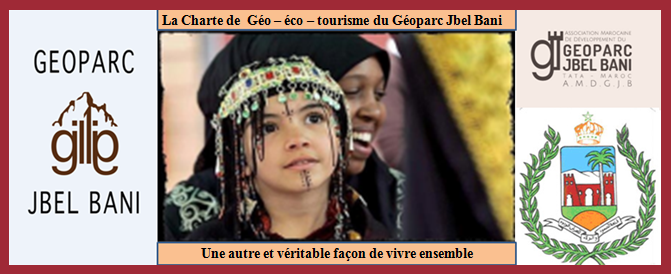
CHARTE DE GEOTOURISME
CHARTE DE GEOTOURISME Province de Tata Géoparc du Jbel Bani « Lettre d’intention » &
Savoir plus...
Les rhinocéros du Maroc (espèce éteinte)
Jadis, à une époque antique où la moitié sud de notre pays ressemblait plus à une savane qu’à un désert , vivaient encore des espèces aujourd’hui éteintes, qu&rs
Savoir plus...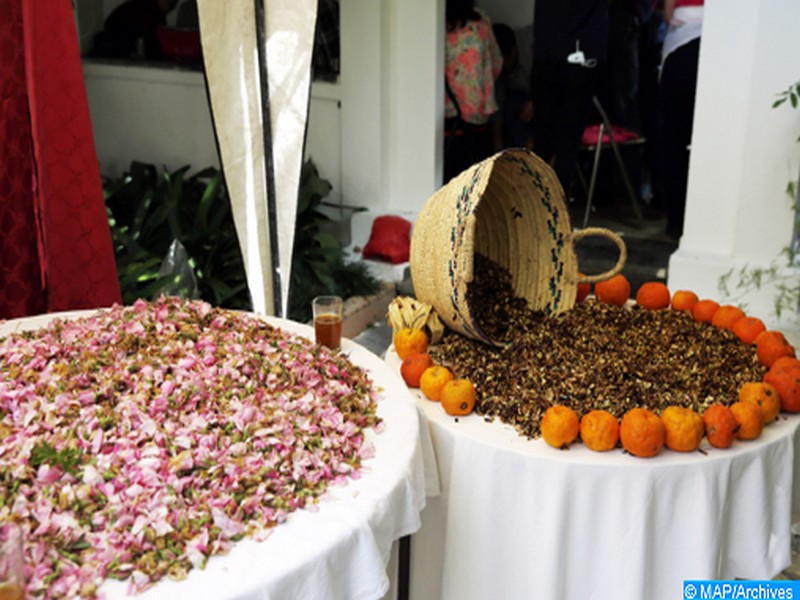
Les mille et un atouts des plantes aromatiques et médicinales
Les mille et un atouts des plantes aromatiques et médicinales Améliorer la qualité pour servir au mieux l’économie sociale Plus de mille coopératives opérant dans le domaine des pl
Savoir plus...
Rencontre à Al-Hoceima: «L’importance des plantes aromatiques et médicinales»
Rencontre à Al-Hoceima: «L’importance des plantes aromatiques et médicinales» «La diversité biologique unique dont dispose le Maroc reste encore sous exploitée», c’est c
Savoir plus...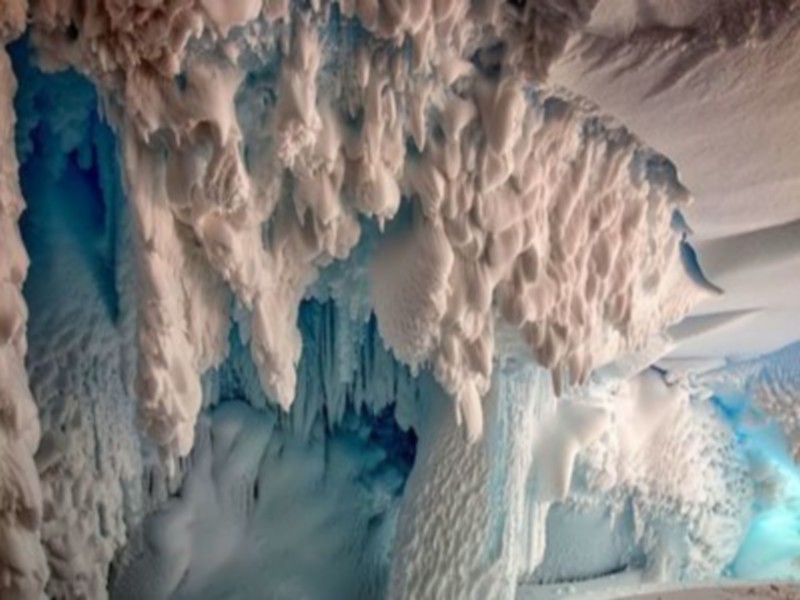
Une forêt vieille de 280 millions d'années découverte... en Antarctique
Une forêt vieille de 280 millions d'années découverte... en Antarctique L’Antarctique n’a pas toujours été cette étendue blanche et glacée qui la caractérise auj
Savoir plus...
Résilience économique du Pérou face à El Niño : une leçon de gestion climatique inspirée du Territoire soutenable du Géoparc Jbel Bani
Résilience économique du Pérou face à El Niño : une leçon de gestion climatique inspirée du Territoire soutenable du Géoparc Jbel Bani Le phénomène climatique El N
Savoir plus...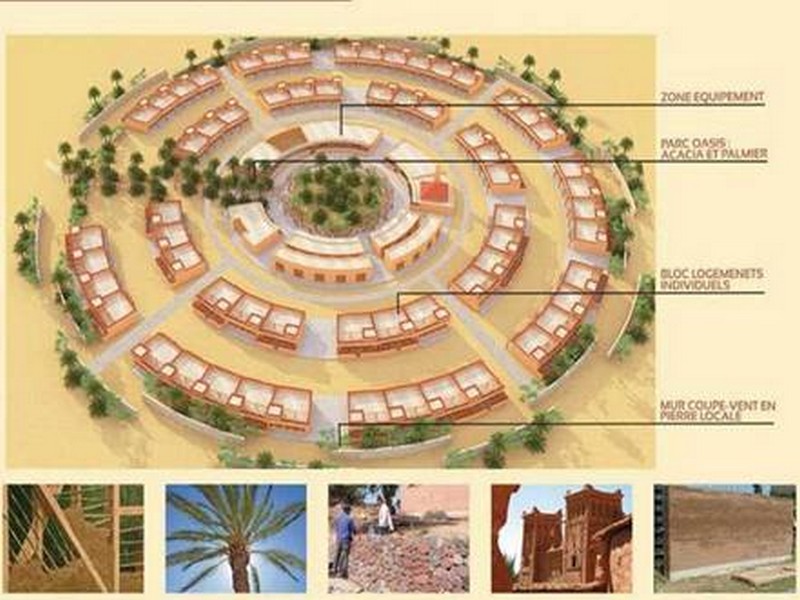
Assa-Zag: Le village écologique Labouirat labellisé COP22
Assa-Zag: Le village écologique Labouirat labellisé COP22 Le projet du village écologique Labouirate qui sera construit dans la province d’Assa-Zag (région Guelmim-Oued Noun) vient d’être
Savoir plus...
Perspectives : valorisation du patrimoine du Pays de Talssint pour Professeur Mohamed BEnBRAHIM
Perspectives : valorisation du patrimoine du Pays de Talssint pour Professeur Mohamed BEnBRAHIM Professeur Mohamed BEnBRAHIM Ancien doyen, Université Mohammed Premier d’Oujda Pratiques communautaires identitaires e
Savoir plus...
Quand Léonard de Vinci décodait les fossiles
Quand Léonard de Vinci décodait les fossiles Un tableau de Léonard de Vinci, Salvator Mundi, s'est vendu aux enchères à un prix record de 382 millions euros le 15 novembre 2017. Mais Léon
Savoir plus...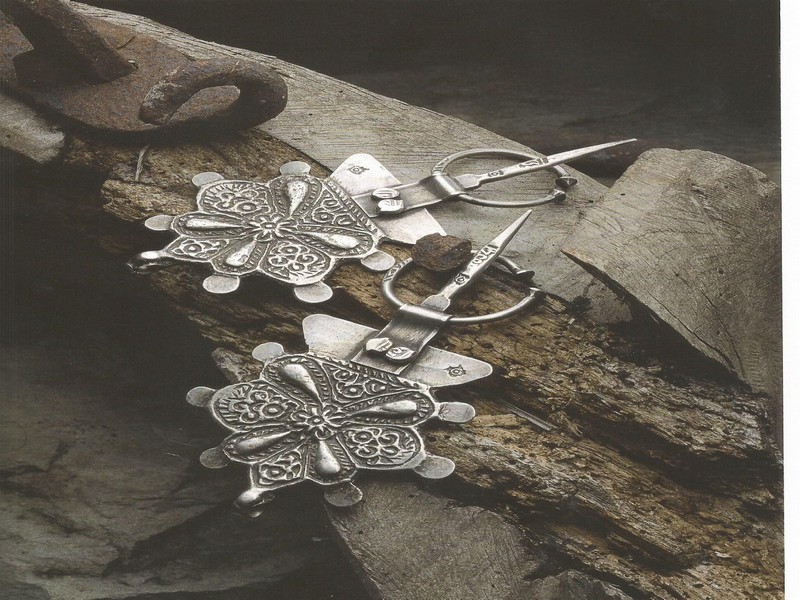
L’ami marocain
L’ami marocain SUR LA PISTE DES BIJOUX DU MAROC DANIEL FAUCHON IBIS PRESS Il est multiple et un à la fois, Il est juif, berbère et arabe. Il est du bled, de la ville, de la montagne
Savoir plus...
MASSIF DU SIROUA
MASSIF DU SIROUA H. ADMOU1 & A. SOULAIMANI1 Structure géologique Le Massif du Siroua a été visité au début du XXème siècle par L. Gentil (1905). Il se situe dans la zone cen
Savoir plus...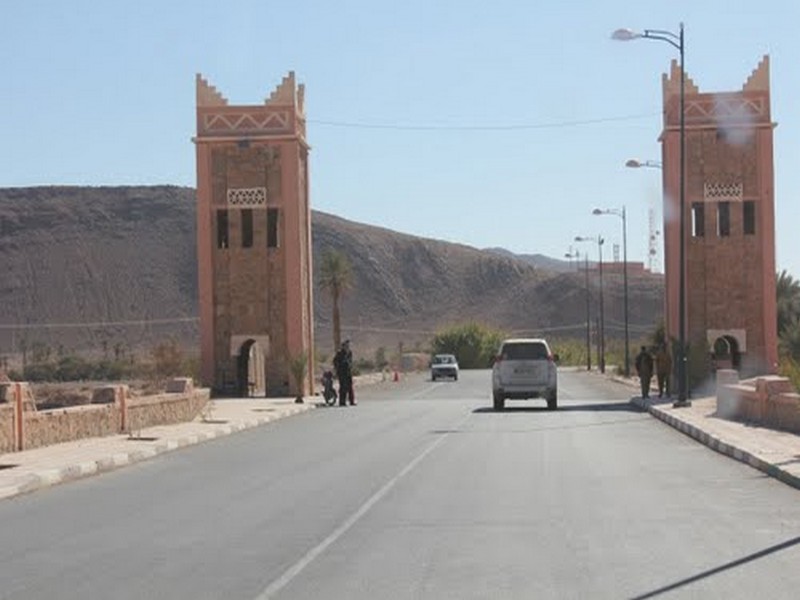
La ville de Tata
La ville de Tata Tata est une ancienne oasis. Selon la légende ce sont les Almoravides au XIe siècle qui décidèrent d'implanter une palmeraie à Tata comme celle de Marrakech. Aprés, le su
Savoir plus...Les tags en relation
En savoir plus sur " Géologie et TSGJB - AMDGJB ! "
Consulter les vidéos de " Géologie et TSGJB - AMDGJB ! " Consulter les photos de " Géologie et TSGJB - AMDGJB ! " Consulter les publications de " Géologie et TSGJB - AMDGJB ! " Consulter les éditions de " Géologie et TSGJB - AMDGJB ! " Consulter les communications de " Géologie et TSGJB - AMDGJB ! "Recherche du site
Recherche avancée / SpécifiqueVulgarisation à la géologie
Qu'est ce que les sciences de la terre: vulgarisation Qu'est ce que la géologie ? Géologie et TSGJB - AMDGJB !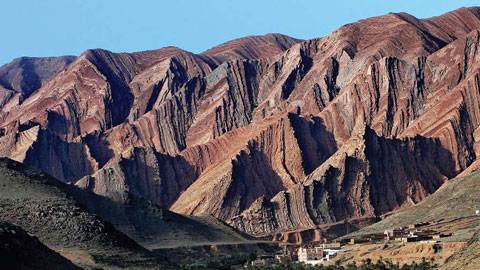
Géoparc et Recherche Scientifique
Le coins de l’étudiant
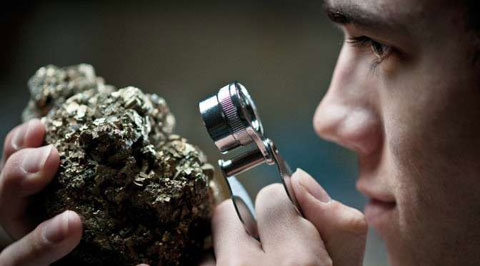

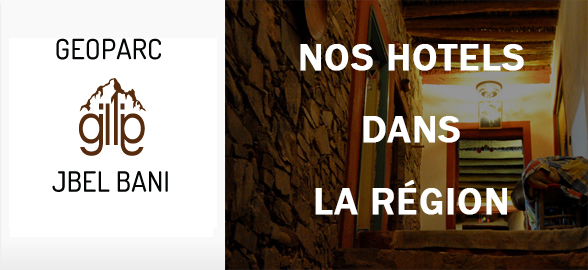
Blog Géoparc Jbel Bani
Dictionnaire scientifique
Plus de 123.000 mots scientifiques
Les publications
Géo parc Jbel Bani

Circuits & excursions touristiques

cartothéques
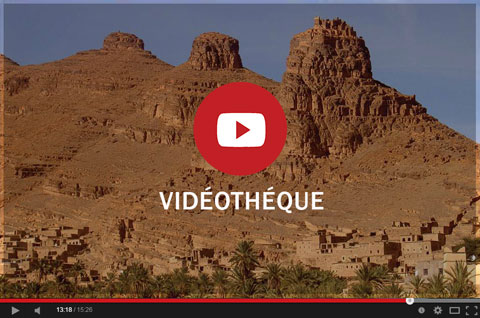
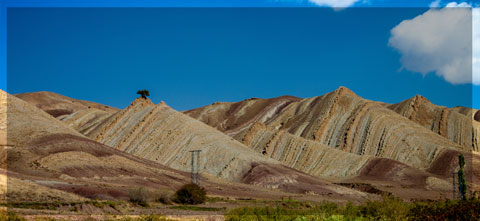
Photothéques
Publications & éditions
